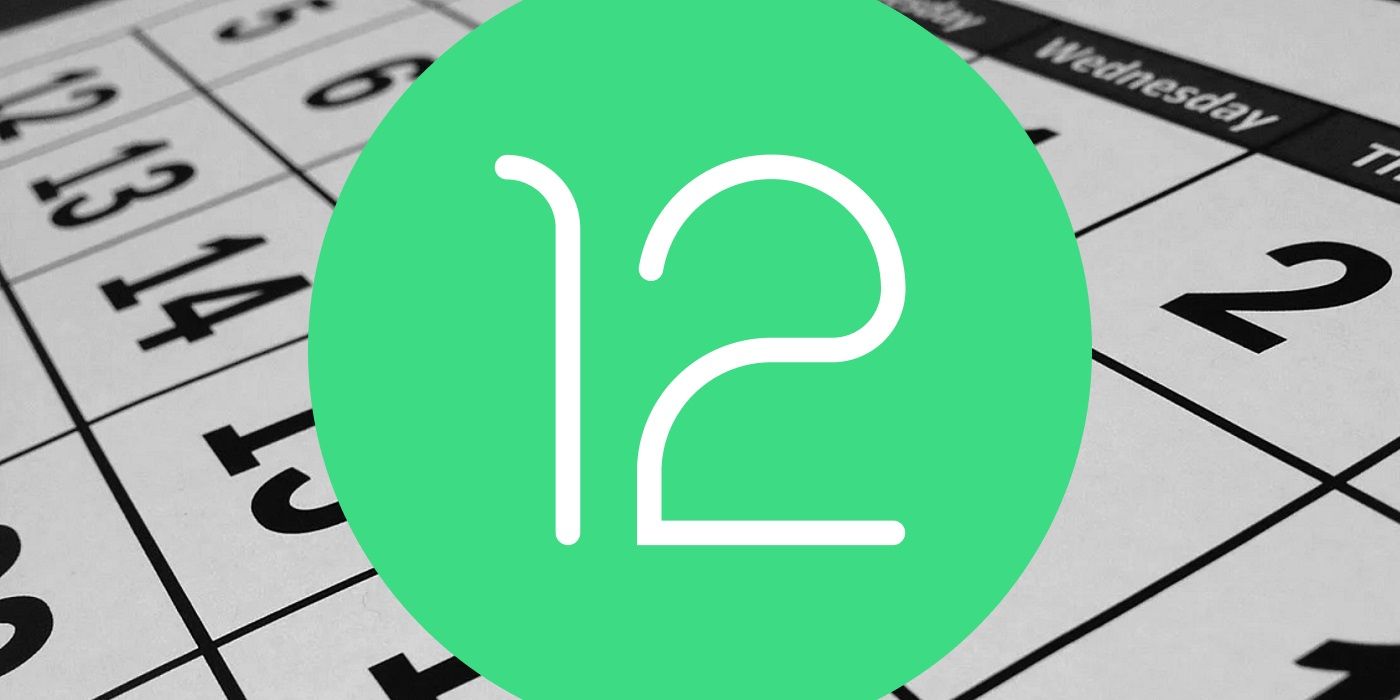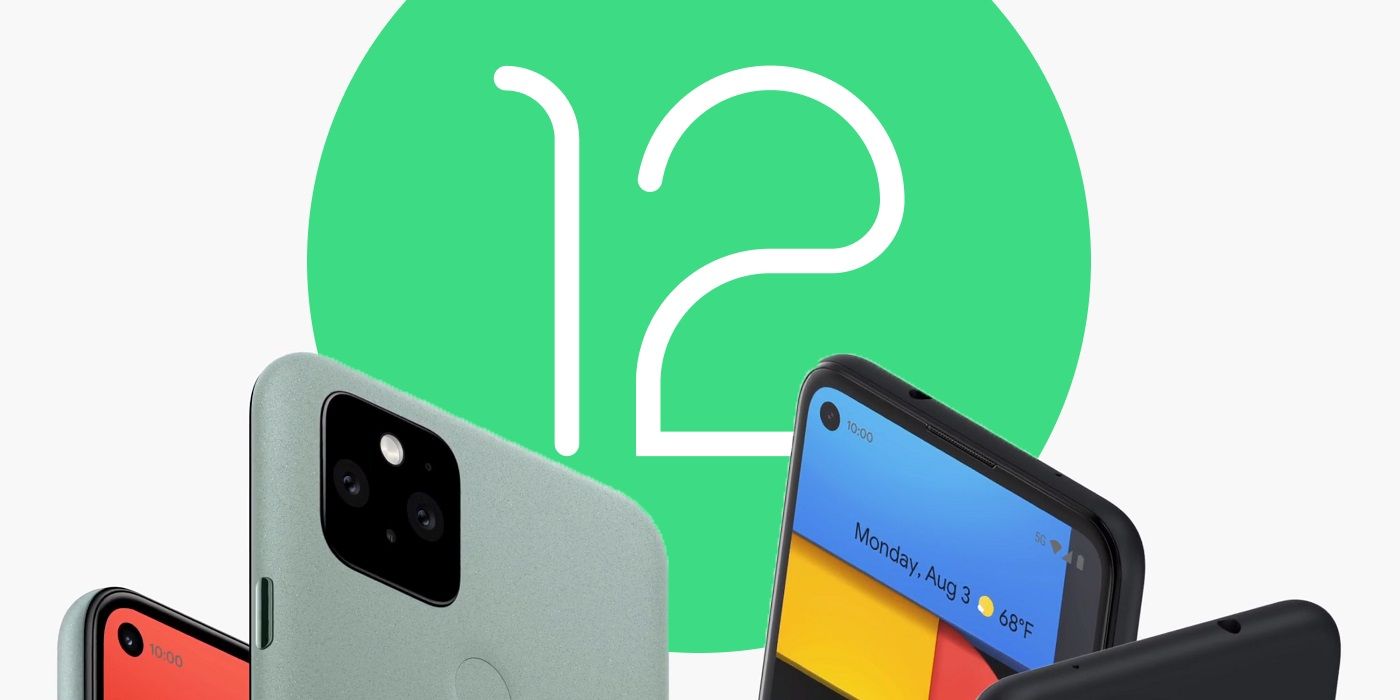
The first real look and taste of Android 12 is now available, thanks to the release of the initial developer preview. Over time, more versions will become available, as Android 12 becomes more polished and ready for public consumption. In the meantime, here’s an overview of how Android 12 will be rolled out over the next few months, as well as the various options for downloading the next version of Android.
As to be expected with any major upgrade to an operating system, Android 12 comes with plenty of new features, improvements, and bug fixes. Although some had been rumored before, the current release confirms a few of them, including changes to the interface and improved media format support. While that might not sound like major changes, this is the first developer preview. As updated previews roll out, so will more features and improvements, with many of the user-facing changes typically arriving with later previews.
Speaking of which, with the first developer preview now here, the Android team has provided more details on how the rolling out process will work in general. Essentially, developer previews will continue to be released on a regular basis up until around May, 2020. At which point, Android 12 will move to a beta status. Beta updates will then continue to come through up until August. By this time, Android 12 will have mostly taken shape and this is when Platform Stability and Candidate releases will start to come through, allowing developers to perform final testing on what will be Android 12. Following all of this, the final release of Android 12 will become available to compatible devices, and released to the Android Open Source Project (AOSP).

Those intent on trying Android 12 now will need to make sure they have access to a compatible phone and then “flash” a system image to the device. This is more of an advanced way to install a software upgrade and will require knowledge of USB Debugging and ADB commands, among other things. Alternatively, those with a compatible device that's already running on Android 11 can download and sideload an Android 12 OTA image. This is also a technically demanding option, but it does come with the added benefits of not having to unlock the bootloader or delete any of the data from the device.
Of course, there is also the option to simply wait. While the public version won’t become available until much later in 2021, once the beta versions of Android 12 start to become available, so will Google's Android Beta Program. Using the beta program is significantly easier to do, as it only requires the user to enroll their device. Once enrolled, Google will simply push Android 12 to the phone in the same way existing software updates are delivered.
Regardless of whether opting to flash a system image, sideload an OTA image to a device running Android 11, or waiting to enroll in the Android Beta Program, the compatible phone will receive all future developer, beta (and even the final release) versions via over-the-air updates. In other words, while there are different ways to install Android 12 now, once installed, all phones continue to be updated in the same way.
Source: Android Developers
from ScreenRant - Feed https://ift.tt/3pvIhjH


0 Comments